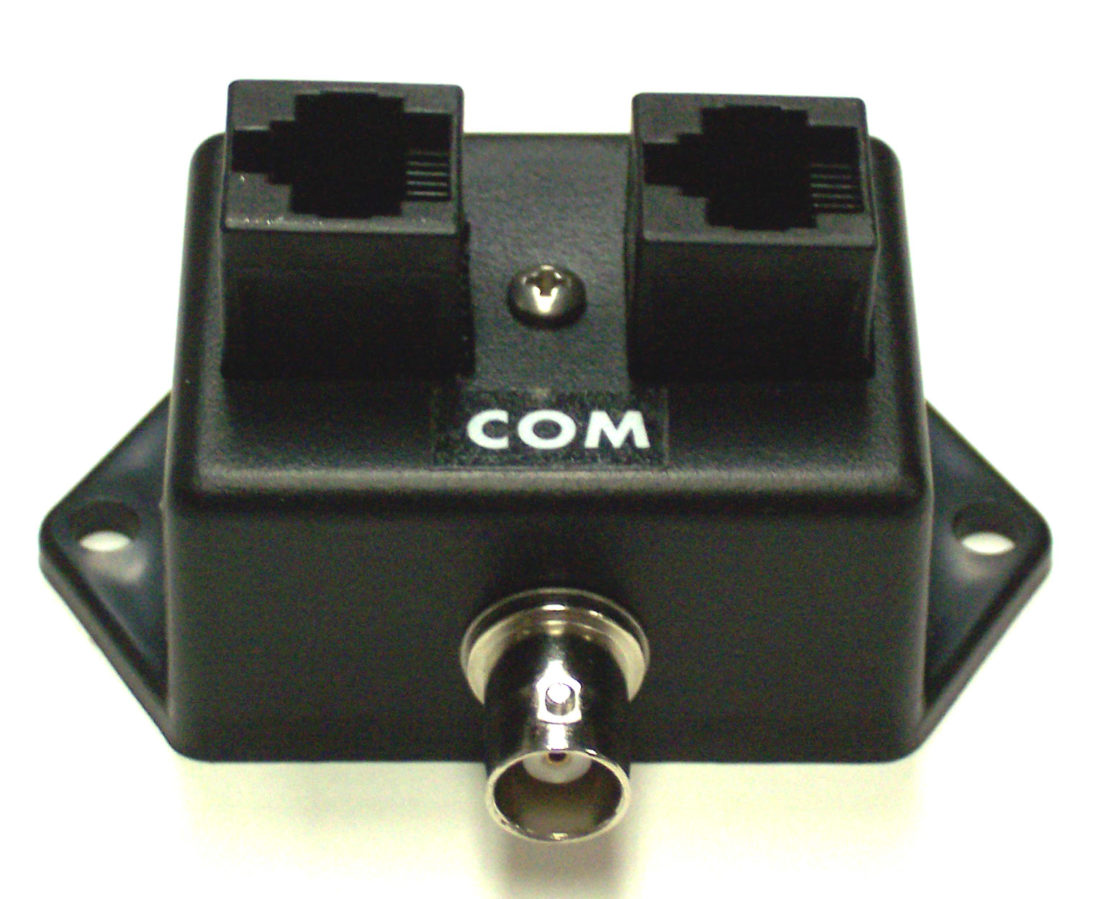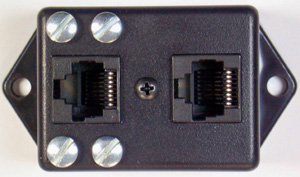JUST HOW CLOSE IS YOUR IP CAMERA TO FAILURE?
JUST HOW CLOSE IS YOUR IP CAMERA TO FAILURE ?
By Frank McClatchie
This is not a casual question. IP Camera Systems are famous for both delivering an excellent picture and also for intermittent operation for no apparent reason. It is in fact critical to the reliable operation of your IP Camera system, to know exactly how much Operating Margin you have built into the system. So, what is this operating margin?
Simply put it is the amount of signal level above the minimum signal level required to be received for correct decoding of the picture data, and because the system requires two way communication, both receiver ends, the camera and the NVR must have enough level or margin above the failure point to continue to operate when small loss changes occur in the cabling.
Knowing how much Signal Margin you have is only important if you want to guaranty continued performance of you IP video system. Knowing the level will also keep you from having to go back to the job and fix a problem camera later. So what is the source of the problem if you don’t have enough Signal Margin?
The source of the problem is caused by changes in the loss of the network cable. Many things can affect the loss built into the network cabling. Installation can play a part but also the environment has a great affect on the cable losses. Heat will cause a change in the high frequency response of the cable as well as moisture. When the high frequency response of the cable changes so does the level delivered to the receivers at both ends of the system that can result in a loss of picture data.
These failures of picture data can occur when the camera signal strength is diminished by even a small fraction of a dB from the original signal strength. When the camera was installed the signal could have been on the very edge of the “SIGNAL LEVEL CLIFF” and this would not at all be evident, unless you measured the Signal Level Margin at the time of installation.
The SIGNAL LEVEL CLIFF is very abrupt point at which the receiver in the camera or NVR fails to properly decode the data being transmitted. The number of dB between this SIGNAL LEVEL CLIFF and the normal operating level of the IP system constitutes the operating Margin of the digital system. To be safe this Operating Margin should be at least 3 dB or more if possible. A device is now available called the IPMT-3 to measure the exact OPERATING MARGIN that any IP Camera System has. This test instrument is very low cost and can be used to measure the degree of MARGIN that any IP picture transmission system has.
The test is made by inserting the tester into the IP Video cable at any point that has an 8P8C connector and then use a short jumper to complete the connection. You use the unit to insert additional loss into the IP video signal one dB at a time until the IP video system fails. At that point you can read the amount of dB loss that was used to induce the failure and that is the amount of signal Margin in your system. The unit can insert a maximum of 7 dB of loss into the system which is more margin than any system will ever need. Once the test is completed, the IPMT-3 is removed and put back into your tool box for the next IP video installation.
Other than signal Margin, what else can cause an IP picture to become intermittent? As it turns out there are several signal conditions that can cause an IP video picture failure. While some of these failure conditions are somewhat esoteric, at least one of them is very direct, and can be measured easily if you have an instrument that can test the signal power level up to 50 Mhz. The data speed of the most common IP video signal is 100 Mbit which requires a minimum frequency of 50 MHz.
So when an IP video image suddenly disappears and there is no obvious reason for the failure, it could be the result of a signal level problem. The length of the Cable may be well within the maximum cable length limits and yet the cable refuses to deliver a picture. If your original camera installation was working and you are returning after an image failure, you should check for the most obvious things first like cable disconnects and power supplied to the cameras, but before you reboot the NVR you should check the camera for data signal power levels. The reason for measuring the camera levels before you reset the NVR is that the system may come back on line and you will not know what caused the failure in the first place and then you will be called back when it fails again requiring another costly trip back to the location.
When you measure the camera signal you are looking for a level drop from expected operating levels. You should record the levels that you measure so you can compare them with the levels that occur when you reboot the NVR. If they are different you will know the failure was caused by the NVRs inability to handle a low level event. The NVR can presume that the camera is no longer valid and stop communicating with it due to the low level event. The process of rebooting the NVR may cause the camera to come back into normal operation however the problem that made it fail in the first place should still be there.
When you measure the camera signal and you don’t see a change in level when you reboot the NVR then examine the operating level and make sure it is within the specifications. You can use the IPM-4 IP video test meter to make these measurements. The IPM-4 will measure the IP signal level on both transmit and receive channels and you can determine which piece of equipment is damaged or defective to quickly determine the correct action to restore the system to full operation. This meter also measures the balance and common mode interfering signals that can contribute to system failure. It is quite common for the level of the IP signal to drop by 6 dB because the signal has become unbalanced due to equipment damage by lightning or electrical surges. This 6 dB drop can reduce the operating level enough to bring it within reach of the Signal Level Cliff that can make the camera fail or be intermittent.
It is recommended that both the signal Level, Balance, Common Mode Interference, and Signal Margin be tested on every IP camera installation so that the installation manager can have assurance that the system is operating as it should with all levels and margins correct.
Both these devices will be a low cost useful addition to your tool box. They will save you many hours of time trouble shooting IP camera installations with out having to replace equipment to find the problem by trail and error. Call for pricing or to place your order at: 1-800-235-6960. FM SYSTEMS, INC. or see it on our website at: https://www.fmsystems-inc.com/






